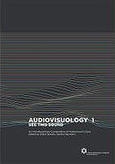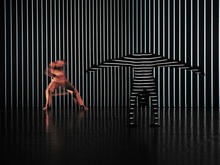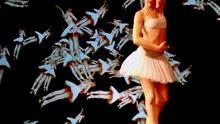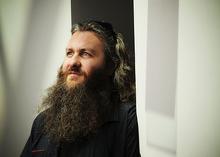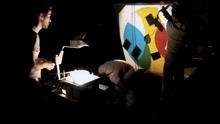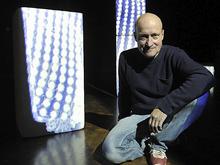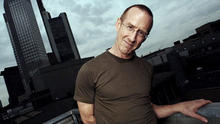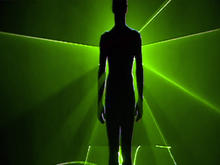Klaus Obermaier
(*1955) is a media-artist, director/choreographer and composer based in Vienna. His innovative works in the area of performing arts, music, theatre and new media, are highly acclaimed by critics and audience.
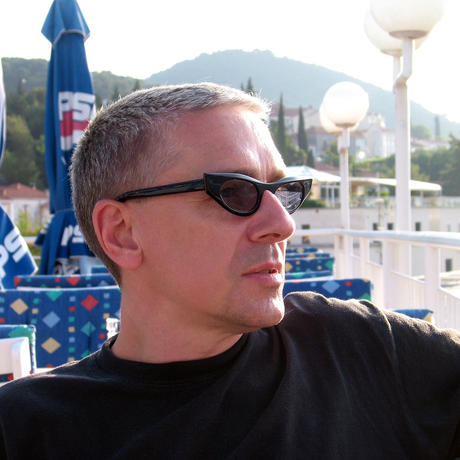
Klaus Obermaier's inter-media performances and artworks are shown at festivals and theaters throughout Europe, Asia, North and South America and Australia.
He worked with dancers of the Nederlands Dans Theater, Chris Haring, Robert Tannion (DV8), Desireé Kongerød (S.O.A.P. Dance Theatre Frankfurt).
He composed for ensembles like Kronos Quartet, German Chamber Philharmonics, Art Ensemble of Chicago, Balanescu Quartet, among others.
Since 2006 he is visiting professor at the University IUAV of Venice teaching directing and new media. Also since 2006 he is jury member of the international choreography competition no ballet in Ludwigshafen/Rhein, Germany. In 2005 and 2008 he taught as an adjunct professor for composition at the Webster University Vienna. In 2010 and 2011 he held courses for choreography and new media at the Accademia Nazionale di Danza di Roma.
He gives lectures at international universities and institutions.
Source: Klaus Obermaier
